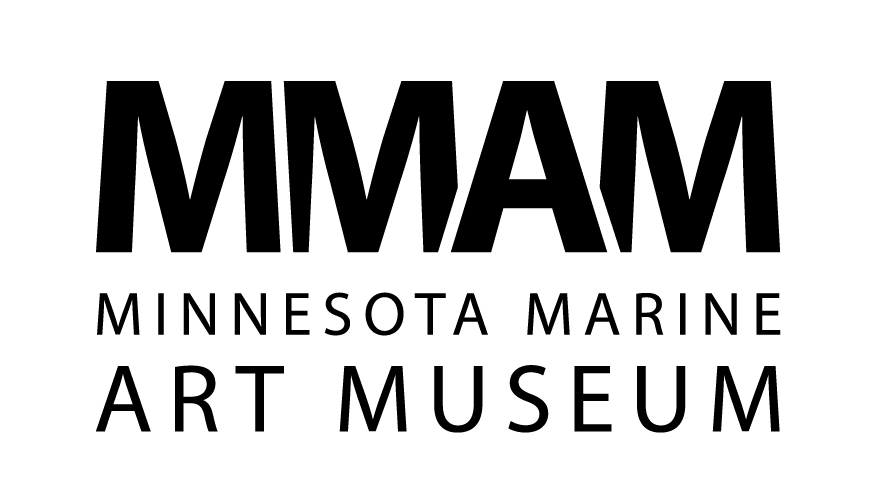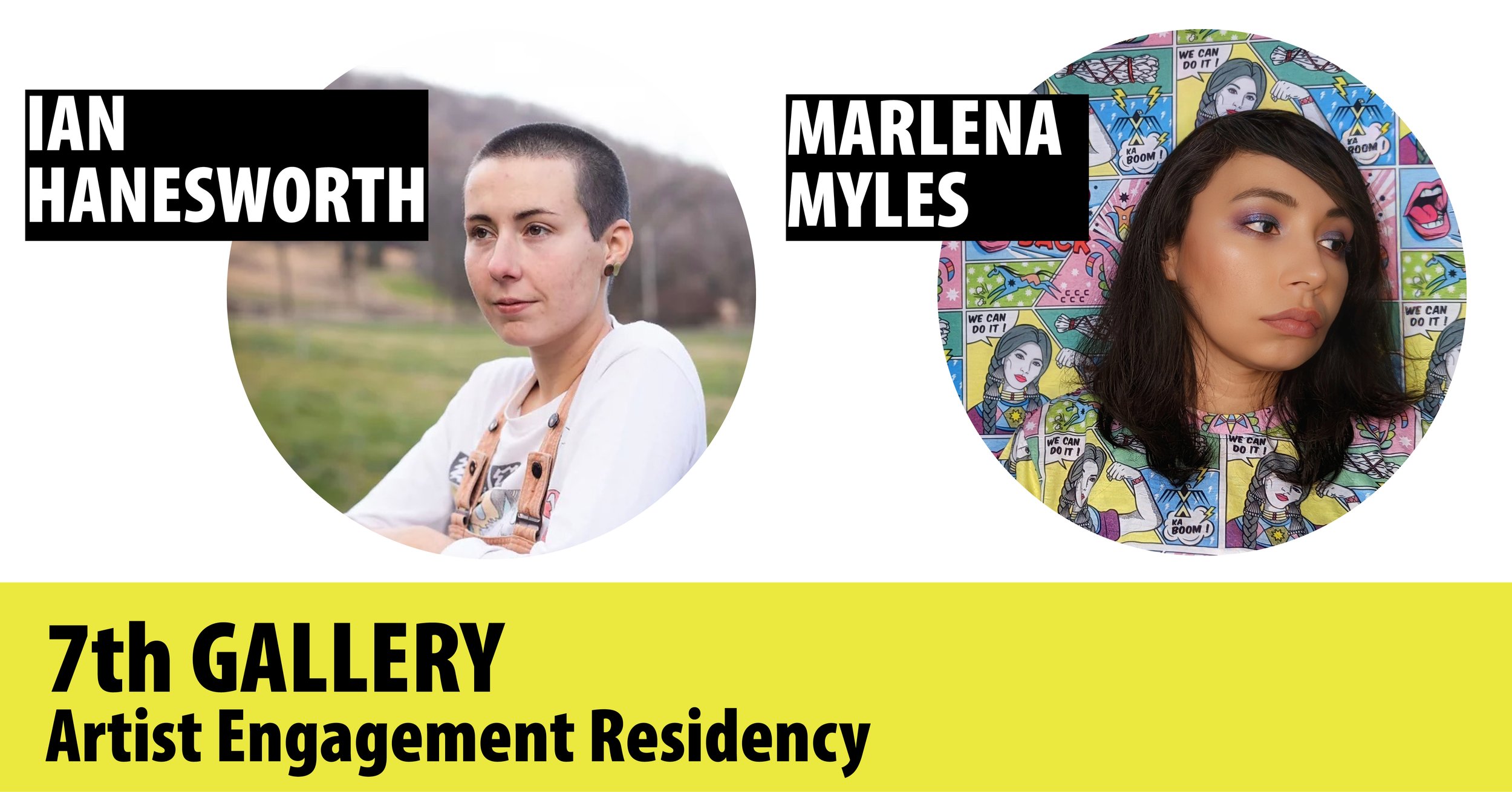Art Stream: Ian Hanesworth
Get to know great art, great artists, and great arts organizations all inspired by water.
Five Questions with Artist Ian Hanesworth
1. How would you describe your artistic practice?
Interdisciplinary is a word I use a lot, which is very nondescript but also very fitting. My artistic practice is somewhat amorphous, spanning disciplines of printmaking, textiles, farming, and writing (and most recently, guided backpacking). My work is motivated by a sense of urgency in regards to current ecological crises and, simultaneously, by a deep and unshakable reverence for the natural world in all its diversity and resilience. I approach art-making as a way of building relationship with the land, every artistic gesture as an opportunity to strengthen the connections between myself and the myriad natural processes and beings that support collective life on this planet. My print-based work is an exercise in adoration, in holding deep reverence for plants and cultivating gratitude for the immense healing and sustenance they provide. At its core, my creative practice centers around the connection between our human bodies and the terrestrial body of the earth, between our healing and the healing of the land. I believe that art can help shift the underlying philosophies and myths that structure our worldviews, encouraging subtle but powerful transformations in the way we relate to each other and the living earth.
2. Gardening, farming, and the interconnectedness of human and ecological well-being are an important part of your art. How did this come to be the focus of your practice?
Ian Hanesworth, Medicine Kiln (Garden), 2020. Medicine garden planted at Silverwood Park (Dakota land).
It’s funny, but I can’t remember exactly what the catalyst was that drove me towards farming. It was towards the end of my undergrad degree (I studied at the Minneapolis College of Art & Design), and after a semester in NYC, I was feeling deeply disillusioned about the art world (and late-stage capitalism) so I sought out internships and work trade positions with urban farms, work that would get my hands into the soil and hopefully quiet my mind. It didn’t take long for me to completely fall in love with farming, and I quickly realized how inherently creative growing food is. It’s this intricate multispecies choreography between plants and bees and soil microbes and weather, and humans are definitely not in control, no matter how much we might pretend to be. This kind of work felt surprisingly coherent within my broader artistic practice, and I began to wonder how gardening could play a more central role in my work, which led me to growing dye plants and planting a medicine garden as part of an exhibition in 2020. I think farming reinvigorated my creative drive – which had been drained nearly dry by the end of college – and help me imagine ways of making art that felt more aligned with my core values.
I feel that sustainable farming embodies the interconnectedness of human and ecological well-being. In order to take care of our human bodies, we must also take care of the larger earth body – of the soil and water and plants and animals that all contribute to growing food. Gardening as art sounds really strange to some folks, but there’s a long and vibrant legacy of artists working within this intersection and I definitely do not claim to have invented this idea. Some artists I really look up to include Maya Lin, Fritz Haeg, Mary Mattingly, Olafur Eliasson, Mel Chin, Jess Hirsch, and Seitu Jones (these last two artists are both based in the Twin Cities).
3. You work with nature as a physical media in your artistic practice. How do you incorporate the harvesting of natural materials, such as fibre, dyes and plants, into your artwork?
Ian Hanesworth, Caught between body and carbon, 2020. Handmade nettle cordage, stone from the Chihuahuan Desert, Materials harvested and gathered on Dakota, Jumano, and Chisos lands.
The aspects of artmaking that are most fulfilling and meaningful to me are the ones that bring me into closer relationship with the more-than-human world, like tending a dye garden or foraging for wild dye and fiber plants. I love the playful and experimental qualities of natural dye processes, which contrast with the more rigid aspects of my practice, like printmaking and woodworking. With the support of a Jerome Grant through the Textile Center of Minnesota, I was able to spend a year exploring and making cordage with wild plant fibers, like stinging nettles and basswood, and creating sculptural works with these materials. This body of work was especially rewarding because every material element was something that I harvested. I feel like I really started to build a rapport with these wild fiber plants, that I was able to get to know them on a deeper level and imbue our relationship with more intention and respect.
4. In what ways can art help us to make deeper connections to the land and to our natural environment?
I think experiencing art can encourage us to see different perspectives, to open our minds to other ways of being in the world, and maybe even encourage subtle philosophical shifts that bring us into better relationship with the living earth. Art-making also presents the opportunity for us to attune our attention to the landscapes around us – to observe and render plants or landscapes, to seek out wild pigments, or draw inspiration from the vibrant ecosystems we inhabit.
Ian Hanesworth, Currents I, II, and III, 2020. Linocut prints on kozo paper.
5. What can we look for next after your residency at the Minnesota Marine Art Museum? What other projects are you currently working on?
The biggest project I’m working on right now is a mural for the Bluff Country Co-op which will be installed on the east wall of the building later this summer. This is my first mural so it’s a very exciting and also very intimidating project. I grew up admiring Julia Crozier’s mural at the co-op, and feel very honored that my work will be holding that same space for many years to come. The design of the mural is garden-themed, which feels very aligned with the rest of my work. I also have another residency coming up this fall in Missoula through a non-profit organization called Open Air MT. I’ll have access to a woodshop and a supply of repurposed building materials, so I’m hoping to construct frames for textile pieces and play with more sculptural elements within those frames. One goal I have for this year is to learn how to make printmaking inks with natural dyes so that I can further prioritize these materials and processes within my textile work, and move away from manufactured inks. I’m also excited to step back into farming and continue learning about how to grow food and how to honor the land that sustains us.
About the Artist
Ian Hanesworth is a queer artist/farmer/writer from Winona, MN (Dakota land) who recently moved to Missoula, MT (Salish, Kootenai, + Kalispel land). Their work and research centers on ideas of deep ecology, plant medicine, and environmental stewardship. Ian uses wild plant fibers and dyes to create artwork that asserts the critical interconnectedness of human and ecological wellbeing and argues for the place of gardening within a contemporary art practice. They received a BFA in Fine Arts Studio from the Minneapolis College of Art & Design in 2018. Since graduating they have participated in residency programs such as Caldera AiR in Sisters, OR, and exhibited their work in numerous group and solo exhibitions. They are a recipient of the 2019 Jerome Emerging Fiber Artist Project Grant through the Textile Center of Minnesota and the 2020 Artist Initiative Grant through the Minnesota State Arts Board.
7th Gallery: Artist Engagement Residency
The Minnesota Marine Art Museum is working with two social practice visual artists in residence, Ian Hanesworth and Marlena Myles, to engage with the museum, the museum’s garden, the Mississippi River, and the Winona community as they reimagine and sketch their visions of what this garden can represent going forward.
MMAM’s engagement of these two artists in this Arts Midwest GIG funded project means to open the gardens to the artists’ creative process with community design over five days, August 10-14, 2022. The artists will have time to explore the museum, talk with museum stakeholders and community members, and sketch their ideas for community engaged artwork for MMAM’s gardens. Stakeholder’s conversations will be facilitated by community based artist and mental health professional Sarah Johnson of the Joy Labs.







